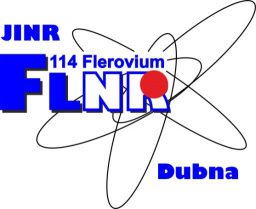Electron delocalization tensor and its application to the analysis of chemical bonding in molecular systems
28.01.2025 – Scientific Seminar, 16-00, D.I.Blokhintsev Auditorium, BLTP
Astakhov Andrei, FLNR JINR
Electron delocalization tensor and its application to the analysis of chemical bonding in molecular systems
An approach to assess quantitatively the degree of electron delocalization in molecular systems based on the results of quantum-chemical calculations has been developed. Within the framework of this approach the idea of delocalization is associated with electron mobility and their response to the external impact. Based on local momentum and coordinate operators the concept of spatially distributed tensor of electron delocalization is introduced which in its turn is associated with the electron system linear response to an external electric field. It’s shown that delocalization tenzor topology can be associated with the traditional idea of chemical structure. Delocalization tenzor spatial distribution reveals the peculiarities of atom/molecule electron structure, in particular, it allows us to interprete the process of chemical bond formation
Андрей Астахов, ЛЯР ОИЯИ
Тензор делокализации электронов и его применение для анализа химического связывания в молекулярных системах
Разработан подход, позволяющий количественно оценить степень делокализации электронов в молекулярных системах исходя из результатов квантово-химического расчета. В рамках данного подхода понятие делокализации связывается с подвижностью электронов и их откликом на внешнее воздействие. На основе локальных операторов импульса и координаты ведено понятие пространственно-распределенного тензора делокализации электронов, который в свою очередь связан с линейным откликом электронной системы на внешнее электрическое поле. Показано, что топология тензора делокализации может быть ассоциирована с традиционными представлениями о химической структуре. Пространственное распределение тензора делокализации выявляет особенности электронного строения атомов/молекул, в частности, позволяет интерпретировать процесс образования химической связи.
